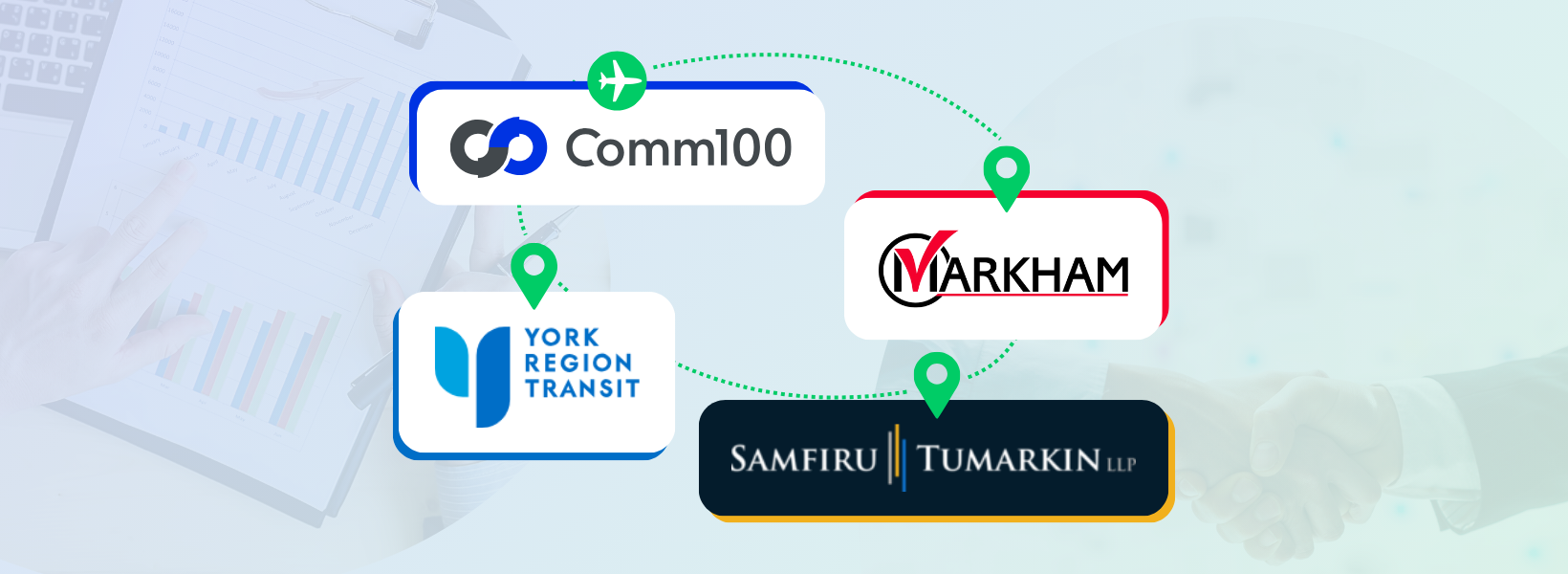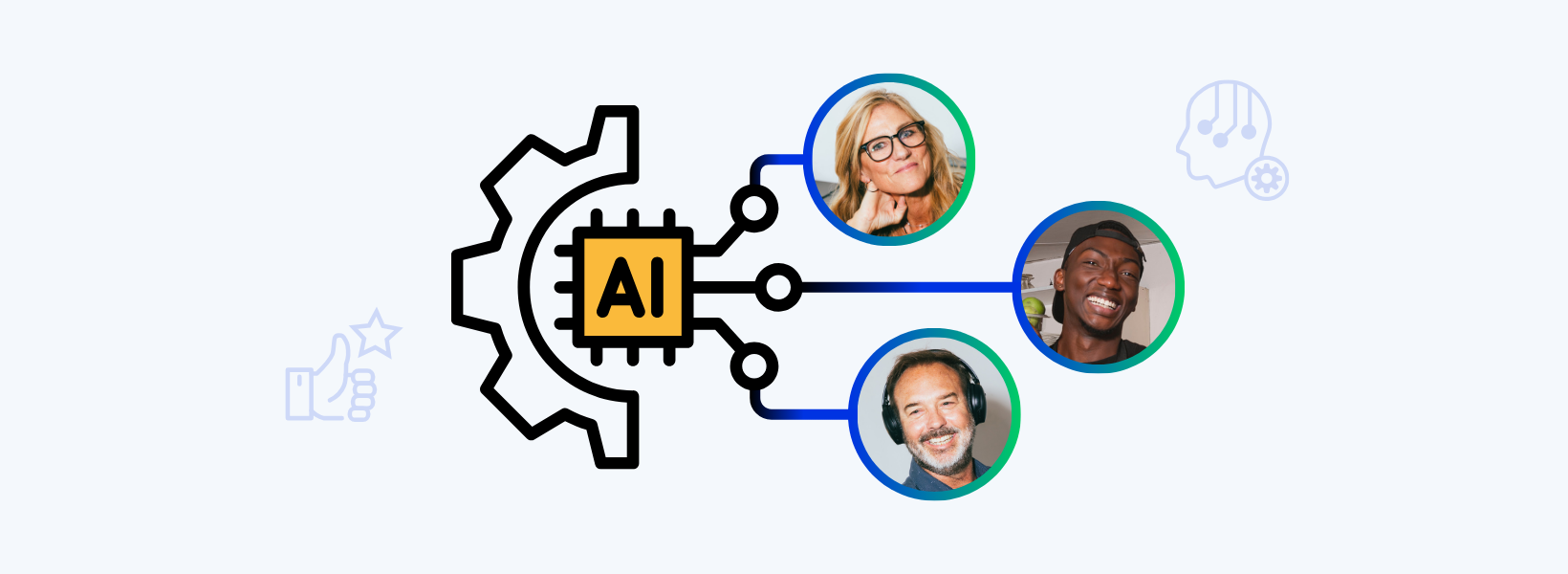When it comes to customer service, everybody appreciates a first time, single contact resolution – the customer asks their question, and they get their answer on the spot. However, not every inquiry can be resolved so easily. Often, a customer’s question or complaint will require follow-up from the agent. Maybe the customer service representative has to contact the billing department to get insight on a payment error. Or, they need to involve a supervisor to figure out the best way to remedy a promise that was never delivered.
For any issue that can’t be resolved then and there, a support ticket system is crucial.
What is ticketing?
Ticketing is the process of tracking customer queries – from first contact all the way through to resolution. A ticket is simply a unique, trackable identifier – think of it as a file folder you would use to organize, share, and track a physical document within your team.
With a support ticket system in place, each new query creates a new ticket. This ticket can then be tagged according to the type of issue, their channel of origin, and custom factors such as urgency level. They can also be sorted according to status to make sure that unresolved queries aren’t forgotten about, and so that agents know where to prioritize their time. Agents can also merge two tickets if they deal with the same issue for the same customer, to keep things neat and tidy.
Once an agent fully addresses the ticket, the agent marks it as ‘Resolved’. With an omnichannel ticketing system, agents can create tickets from conversations on any supported digital channel and reference past inquiries in a centralized database, giving them the tools and context they need to provide a seamless customer experience.
How does ticketing improve customer service?
Customer service teams can expect the following benefits when using a ticketing system:
1. Faster response time
Ticketing systems can automatically distribute queries to the agent or department best suited to handle them, leading to a quicker first response time (FRT) – the pinnacle of great customer support. Comm100 tagging and filtering helps you quickly sort through your support queue and establish better resolution workflows. A more organized agent is a more productive agent!
2. Higher customer satisfaction
When a ticket is created, the customer’s full history of interactions goes along with it. The agent can read this information to get a better understanding of the customer and the context of their issue, so they will be able to provide a more helpful and personalized support. The result is more reliable and satisfying customer service that raises the all-important customer satisfaction (CSAT) score.
3. Keep your response promises
If you promise to respond to a customer within a day, then you’d better respond within a day. A robust ticketing system allows you to set and track service level agreements (SLAs) which makes sure that your agents focus on the most urgent tickets first.
4. Efficient response and resolution
The more robust ticket systems will include automation tools that improve your team’s efficiency. For example, Comm100’s support ticket software allows you to automatically update case status, send pre-defined messages and post-case communications, and much more. Managers can also manually assign more complicated queries to qualified agents, eliminating the need for a back-and-forth exchange that eats up customer patience and company resources.
Agent-facing knowledge bases automatically suggest responses to agents based on the customer’s question, speeding up support and helping even the most junior team members achieve first contact resolution (FCR).
5. Streamline with omnichannel
Many queries aren’t resolved in a single session – or even a single channel. A customer might start on Twitter, then move to email. With a robust ticketing system in place, your agents can easily move between each channel without losing conversation history – a far better experience for the customer, and the agent too.
Recommended reading: Best Practices for Digital Omnichannel Customer Service
What features should a ticketing system include?
Not all ticketing systems come equipped the same. Here are the top features to look for when choosing a ticketing system:
– Ticketing should be omnichannel
Ticketing isn’t just for emails. An ideal ticketing system should function across all digital platforms, including email, social media, live chat, and SMS.
Customers like to use a lot of channels when communicating with companies. They also enjoy having the freedom to switch channels if one is more convenient than another – or if they think that they’ll achieve faster resolution that way. If your ticketing system isn’t omnichannel, then there’s no real way to connect those channels. As a result, when a customer switches channels, the agent won’t have all the information they need to truly help them in a satisfying way. Customers will be forced to repeat themselves, creating unnecessary friction and frustration for both your customers and your agents.
For example, imagine a customer reaches out to a company on two different channels – social media and email – to complain about a faulty product. Without omnichannel ticketing, two different agents might pick up the inquiries, resulting in two separate conversations with two agents who are unaware that they are tackling the same query. With an omnichannel ticketing system, these two contacts merge into one ticket. A single agent can reach out to the customer on social media apologizing for the faulty product, and can let her know that an email has been sent with details for a replacement order. This unified ticketing response system prevents two agents from doing double the work, while giving the customer a cohesive, trustworthy experience.
– Ticketing should connect to your CRM
To extract the most value from your support ticketing system, it should integrate seamlessly with your existing business software – particularly your customer relationship management system (CRM). Comm100, for example, has a host of integrations that allow for effortless CRM accessibility without the need to transfer data manually.
Keep in mind that some CRMs like Salesforce and Zendesk have their own ticketing software. The downside to ticket systems that are CRM-first is that they can be expensive, and they lack a lot of the functionality and flexibility of help desk tools that were built with ticketing specifically in mind.
– Ticketing should be easy to use
Support ticket systems should be user-friendly, both for agents and for management. Clear visual cues like color coding and tagging should keep expectations of ticket handling clear, while facilitating oversight and ticket assignment for supervisors. Automation workflows should be easy to set up and maneuver.
Ticket systems should allow for SLA policies to be configured based on conditions such as channel, priority, and department so that response and resolution times reflect your team’s service goals. Management should be able to mark and view assignees and statuses, and should be able to assign priorities in real-time as needed.
The agent-facing console should reflect these updates without agents having to go hunting for new tickets. For example, in Comm100, green, yellow, and red indicators are used to help agents quickly spot which ticket needs attention first, and where to prioritize their time.
Imagine a high-spending VIP customer of a SaaS business sends an email inquiring about an account upgrade. Given the sender’ status, the resulting ticket should be tagged as top-priority, and assigned to a qualified agent who will be able to provide personalized, red-carpet treatment. That agent should immediately see a correspondence with a priority indicator in their console, telling them how much time they have to respond according to the urgency level.
Recommending reading: Never Miss a VIP – How to identify and delight your most importance customers in the digital world
– Ticketing should be automated
The best ticketing systems bring automation to their key processes, increasing speed for the customer, and efficiency for the agent.
Ticketing systems should use agent-facing AI to automatically suggest canned responses and knowledge base articles according to customer queries. Automated workflows can accelerate ticket management and eliminate drudge work. Advanced routing rules means that management does not have to spend time allocating tickets to agents – instead, those assignments can be made automatically based on pre-determined rules.
Management should be able to dictate custom triggers that can be used to respond to a wide variety of actions in the ticketing system. For example, ticket statuses can be set to automatically update when certain conditions are met, such as if a week or more passes and there is no response from the customer. You can also send automatic follow-up emails to customers or agents based on customized rules. For example, you can configure a trigger to automatically send emails to customers at each new stage of ticket resolution.
Automation offers an easy way to let the customer know that you have received their contact, and to communicate your SLAs to them: “Thanks for reaching out! We’ve received your message and an agent will be in touch with you in the next 24 hours.” It also makes sending customer satisfaction surveys effortless once a ticket has been marked as complete.
– Ticketing should be secure
With more and more teams working remotely, cyberthreats to customers and companies have increased. It is more important than ever to keep your company and your customers’ data secure.
Look for support ticket systems that offer the following compliances and protection:
1. PCI DSS – Denotes the highest level of security for organizations that handle cardholder data. (If your ticketing provider meets this standard, you can safely handle customer payments via live chat and other digital means).
2. SOC 2 Type II – Denotes the highest degree of excellence in security, availability, processing integrity, confidentiality, and privacy of customer data.
3. ISO 27001 – An internationally recognized assessment of a company’s data security standards that protects the confidentiality, integrity, and availability of information assets.
4. HIPAA – A US federally mandated security standard for healthcare providers dealing with secure patient information.
5. GDPR – An EU data privacy and security law aimed at protecting the data of EU citizens.
6. PIPEDA – a Canadian federal privacy law that sets out rules for how businesses collect and use personal information.
By choosing a support ticket system that meets these standards, you can ensure improved data management, better data security, more transparency, and increased consumer trust.
– Ticketing should be cost-effective
Ticketing systems shouldn’t break your bank. There are several low-cost options available for teams of all sizes. We’ve listed the best ones here.
Email, Social media & SMS
Manage all your customer inquiries from email, social media, and SMS on one robust and easy-to-use platform. You’ll wonder why you never did it this way before.
Learn more
Comm100 Social & Messaging







